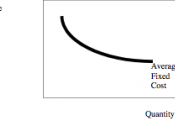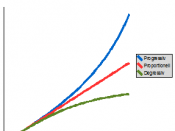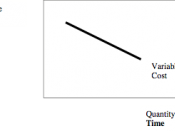Why gross margin analysis is undertaken
Gross Margin analysis is undertaken to so that a business manager can analyse results already achieved and plan for the future. Without gross margins analysis the business manager is short of a major part of their information system.
A gross margin can be defined as the gross income from an enterprise less the variable costs incurred in achieving it.
Gross margins are predominantly used to compare enterprises on the basis of which is making the best profit. A gross margin enables producers to evaluate their existing enterprise performance, and for those who are considering investing in a new enterprise, it provides a guide to estimating a gross margin.
A gross margin is the value of enterprise less the variable costs for a given enterprise. This allows a comparison to be made between enterprises, eg: Sheep and cattle. It shows the contribution that each enterprise makes to fixed costs, interest, and capital expenditure.
The gross margin for each enterprise is: Gross sales for an enterprise minus the variable costs for an enterprise.
Enterprise Options
When establishing a new enterprise, it is important to consider the economic value it will contribute to the whole business. An easy way to assess this is to calculate a gross margin. On a sheep enterprise different sources of income would be sheep sold for meat or breeding purposes and they would also have the income of the sheep's wool. Farms may also grow crops like wheat or barley which are grow for the sale of their grain but can also be used for stock feed, planting seed for the next year or they can bale the stubble into hay and also use it for stock feed or mulch.
The type of enterprise on any given farm is influenced by the...


